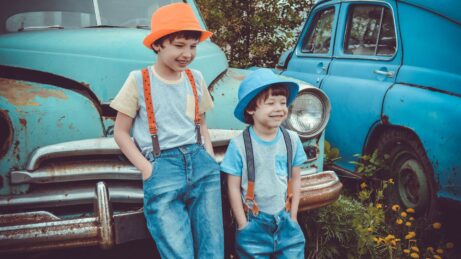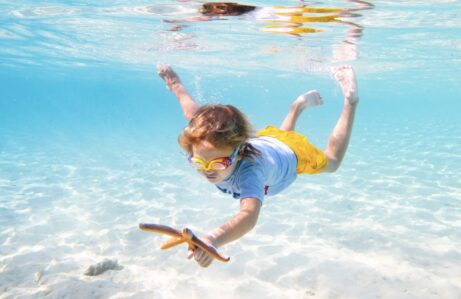More Than Mud and Trees: Why Nature Belongs in Every Child’s Day

In a world that often pulls us indoors and online, the quiet invitation of nature has never been more important. For children, the natural world is not a luxury—it is essential. It offers space to breathe, to move, to wonder, to grow. It offers silence, challenge, mystery, and joy.
And in the Montessori approach, nature is not just a background—it is a living part of the child’s education.
Nature is Not a Subject—It’s a Relationship
Children do not need to be taught to love nature. They are born into it. Their natural curiosity draws them toward puddles, trees, stones, and leaves. What they need is space, freedom, and trust.
Montessori understood this deeply. She wrote not only about botany and zoology but about the child’s relationship with the natural world. She spoke of allowing children to run barefoot through wet grass, to lie in the shade of a tree, to explore with all their senses. This is not romanticism—it is real, embodied learning.
The smell of rain, the sound of wind in leaves, the roughness of bark—these are sensory experiences that shape the brain and the soul.
The Outdoor Environment as a Prepared Environment
Just as we carefully prepare the classroom, we can prepare the outdoor space. It doesn’t need to be a forest. It can be a garden, a yard, a park, even a balcony with pots. What matters is how we approach it—with intention, care, and openness.
In this space, children can:
- Climb and balance
- Dig and plant
- Observe animals
- Use large muscles in meaningful ways
- Find quiet places to rest or dream
And just like in the indoor classroom, the child should be free to choose, to move, to return when ready.
Trust the Child—and the Tree
There’s a kind of wisdom that comes when we watch a child climb. We can’t (and shouldn’t) control every movement. But we can be nearby, present, and silent. Trusting the child’s body to communicate its limits. Trusting the process.
Supporting a child in nature means offering guidance, not interference. Encouragement, not correction. It means letting them take reasonable risks—because risk is part of growth.
This respect for the child’s process is at the heart of Montessori—and it is just as vital outside as it is inside.
Nature Builds the Whole Child
When children spend time in nature, they aren’t just running off energy. They are building:
- Resilience, by meeting challenges and recovering from stumbles
- Empathy, by caring for animals and plants
- Responsibility, by participating in real tasks
- Patience, through planting and waiting
- Environmental awareness, by seeing their place in the wider web of life
They are also simply being children—muddy, curious, joyful.
And perhaps most importantly, they are forming a deep emotional connection with the Earth. A connection that can last a lifetime—and guide them toward becoming caretakers of our planet.
Bridging Indoors and Outdoors
Montessori reminds us that the classroom does not end at the door. The same principles apply: order, freedom within limits, purposeful work, beauty. We can bring some activities outdoors (sweeping, pouring, art), and we can bring nature indoors (flowers, leaves, natural materials).
Whether it’s growing food, building with sticks, or watching birds, these experiences invite language, math, science, and peace education to come alive.
And the research supports it: children focus better, solve problems more creatively, and regulate emotions more effectively when they have regular contact with the natural world.
It Starts with Us
Sometimes, what children need most is for us to pause. To step outside with them. To notice the clouds, the ants, the wind. To trust that real learning often begins with dirt under the nails and laughter in the rain.
Whether you have a backyard, a balcony, or a nearby park—nature is waiting. And children are ready.
This blog post was inspired by the talk given by Barbara Isaacs during the Childhood Potential Conference. If you’d like to listen to the full presentation, you can find it in our Childhood Potential Club.

Childhood Potential Club
Feel empowered and confident with world-class expert guidance and a rich Montessori resource hub. Guide with purpose and make a lasting impact.
Montessori Beginnings
YOUR ULTIMATE
MONTESSORI PARENTING COURSE
FOR ZERO TO THREE
Gain clarity and confidence in your parenting to raise a resilient, independent and joyful child.


